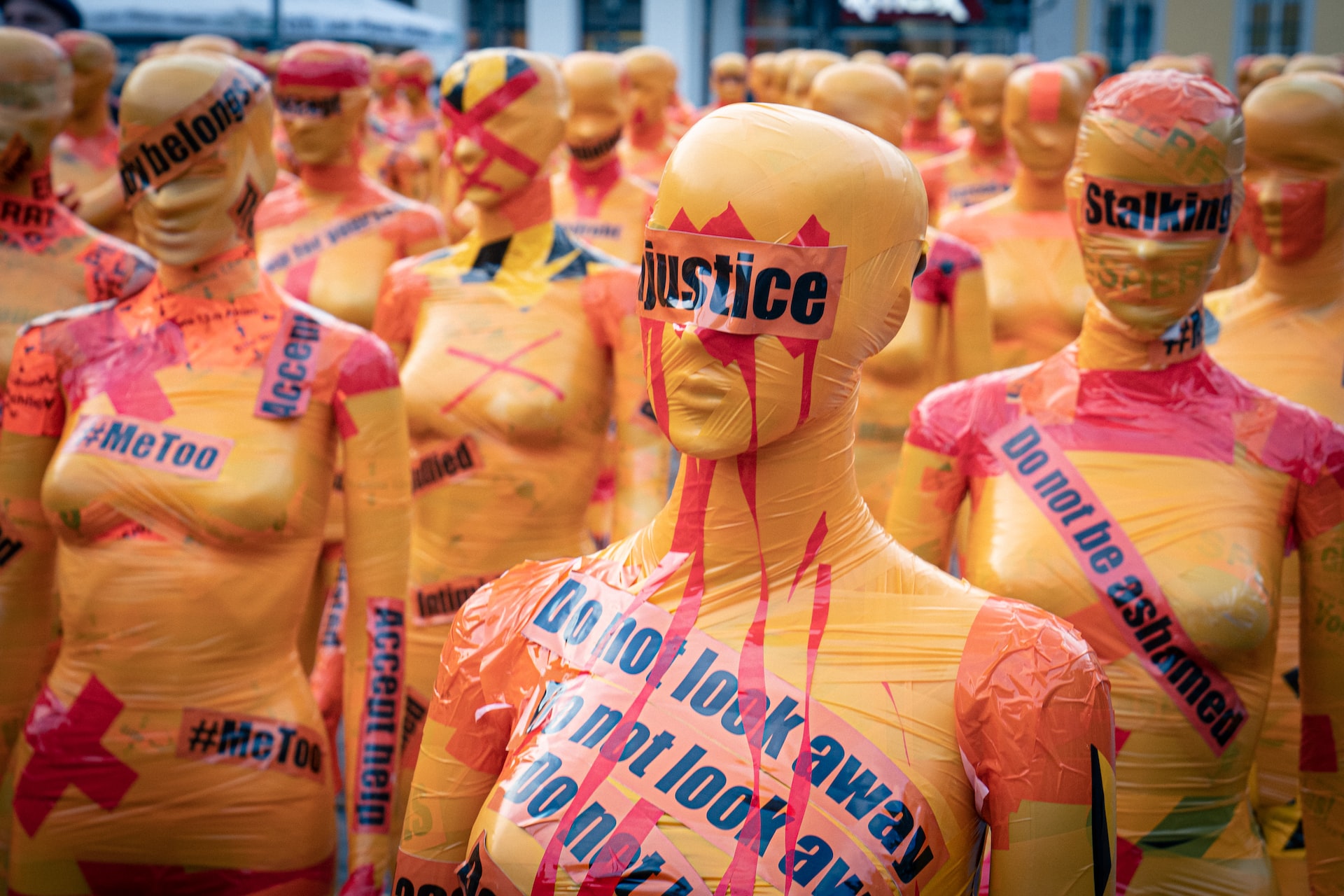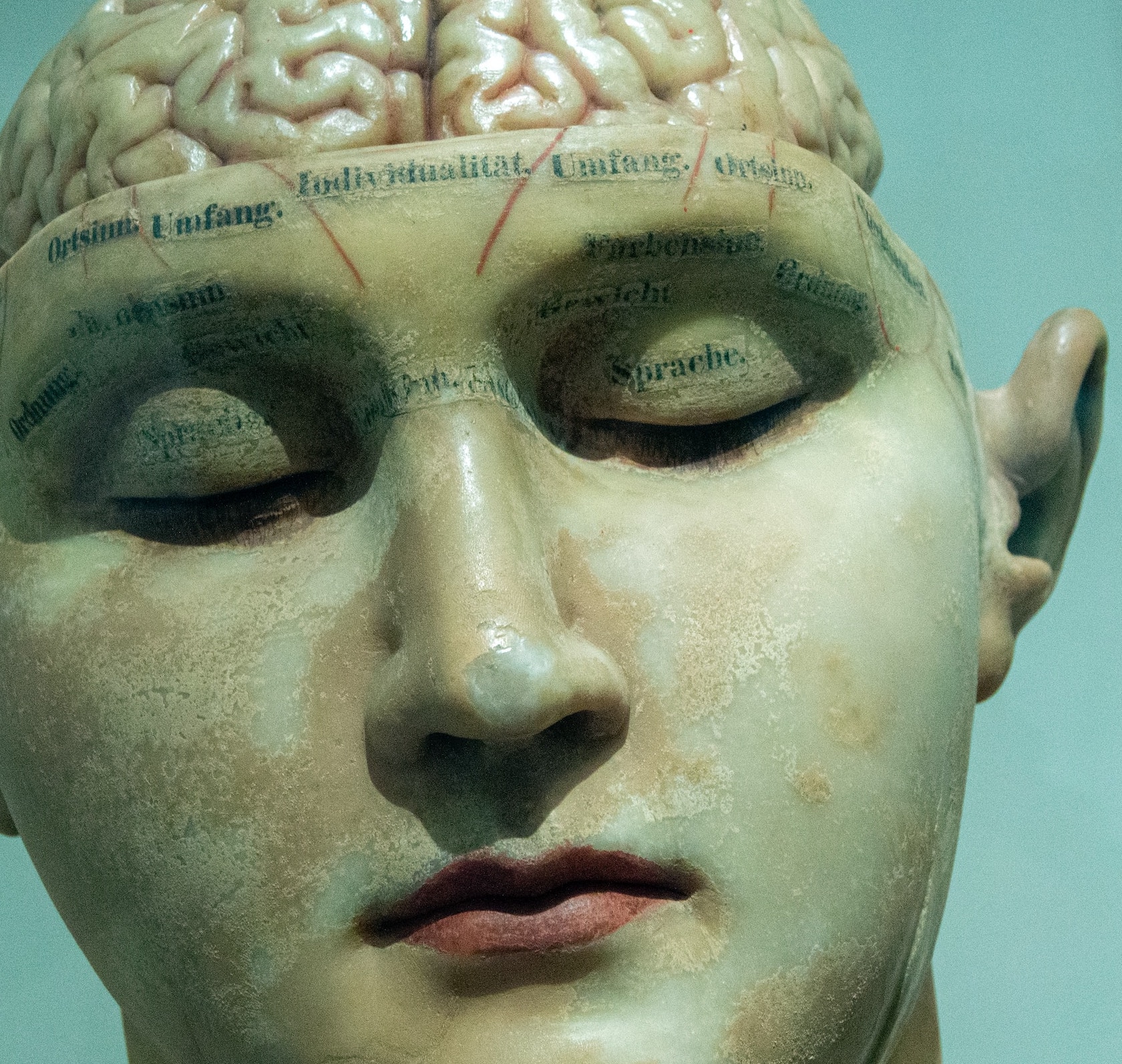Instead of fighting students’ media use in class, educators should consider engaging with the ‘liveness’ of it, argues Simon Verwer.
As educators, some of us are struggling with our students’ media use – particularly in class –and how to deal with it in a fruitful manner.
As a colleague recently said to me, of a classroom experience:
“It’s quite different now than what I was used to before the Covid pandemic. Even if the students are there, they often seem distracted and somewhere else mentally, busy with their social media feeds or something. It makes me wonder how to engage them, not only in class but also before and after by using their media practices instead of opposing them.”
Although the regular lessons our students attend are, of course, different from cultural events or academic conferences, there is a similar longing, expressed by this teacher, for a collective experience – and perhaps some lessons to be learned from those other events.
Being there live
Imagine you are going to an academic conference. You might tweet about it in advance and start feeling part of the event, while there you might share video clips from it and start a discussion in a WhatsApp group, and afterwards you might share a blogpost about the conference, again starting new conversations, making new connections via LinkedIn.
This all shows how anticipation, experience and memory are intimately connected with our media practices and the construction of the experience of ‘liveness’.
The question of how live experiences are established in people’s practices of media use was central to Esther Hammelburg’s marvellous thesis Being there live: How liveness is realized through media use at contemporary cultural events. Hammelburg studied how live instances are realised in media practices at three cultural events in the Netherlands: Oerol Festival 2017 (a festival for location-based theater and art), 3FM Serious Request 2017 (a national cross-media fundraising event), and Pride Amsterdam 2018 (a large Pride festival).
Time, place and the social
As a teacher in higher education and an academic regularly attending conferences, I wondered how her insights may be useful to the education community. It is my gut feeling that we might learn something from Hammelburg’s research. It helped me to better understand the behaviour of my students at cultural events and resonated with Tim Fawns’s convincing argument for a post-digital perspective on education.
Hammelburg shows that time, place and the social are constituting facets of liveness, which she describes as a “historically evolving practice of establishing instances of ‘now here together’ through media practices which align physical and mediated environments.”
In the context of higher education, I think the way time, place and the social are experienced by teachers and students has been changed by the pandemic: the standard, archetypical classroom experience is no longer taken as given. As an example, one might think about the ongoing discussion about compulsory attendance or the sharing of recordings of lectures.
A radical differentiation
In a thoughtful piece on the use of online teaching instruments during and after the pandemic, educational philosophers Gobbi and Rovea have stated that education “needs a radical differentiation from the other spaces and times of the student’s everyday life.”
I’m interested to explore how we could look at the new configuration of time, place and the social in a more productive manner, in this case using Hammelburg’s research.
For example, we might look at the concept of an ‘eventsphere’ and use it to think about our curriculum in a different way. As Hammelburg writes, the term “describes the field of experiences, happenings, and media texts connected to an event through which it is discursively (re)mediated.”.
A multitude of eventspheres
Understood in such a way, the courses offered by an educational institution in a specific programme may constitute a multitude of eventspheres, in which anticipation, experience, and memory have their place. From a more practical perspective, just as our engagement with a conference may start when sharing a tweet, the student’s experience of their studies might start when entering the eventsphere via a like on Instagram.
What I’m thinking of is that the meaning and our understanding of this kind of behaviour might change when looking at it from the student perspective and media theory. Using concepts like ‘liveness’ or ‘eventsphere’ to think about our current educational situation might bring us somewhere different than when we stick to more familiar notions, such as blended learning or hybrid learning. For me, it might help to better understand the reality of our students, their relation to media practices and their engagement with meaningful educational activities.
- This post was awarded runner-up in the LSE HE Essays in Education Blog Challenge in June 2022 in the open category.
_______________________________________________________________________________________________________________________
This post is opinion-based and does not reflect the views of the London School of Economics and Political Science or any of its constituent departments and divisions.
_________________________________________________________________________________________________________________________
Top image credit: photo by Gian Cescon on Unsplash





